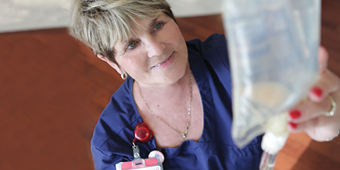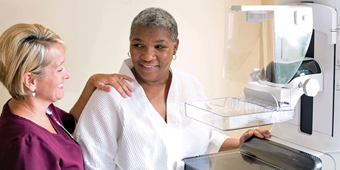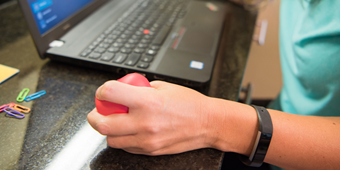Lumpy Breasts? Don’t Panic, Get Smart
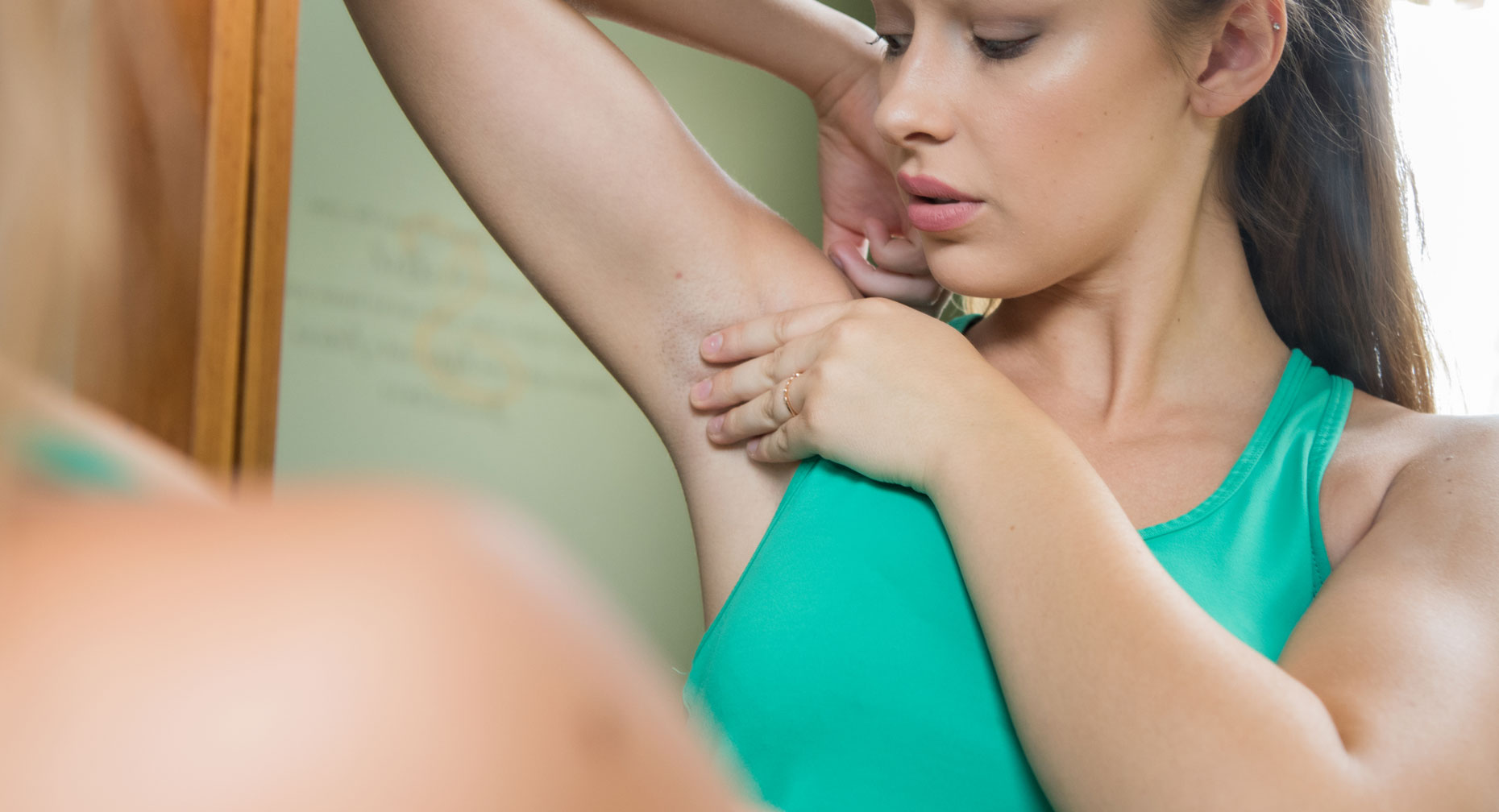
Find out if your lump is cause for concern.
A lump in your mashed potatoes is one thing. But finding a lump in your breast can induce a type of panic that makes you sweat, skip a few heartbeats and enter the land of “what-ifs.”
Don’t sound the alarm just yet.
Up to half of all women experience benign (non-cancerous), fibrocystic changes in their breasts during their lifetime. Such breast changes include lumps caused by fibrosis (large amount of fibrous, ligament-like tissue) or cysts (round or oval fluid-filled sacs).
Areas of fibrosis may feel rubbery, firm or hard. Cysts are lumps that move when pushed with your finger and do not feel fixed to surrounding tissue. They’re often tender to the touch.
These facts about fibrocystic breast changes may put your mind at ease:
- It’s a common condition, occurring most often between ages 20 and 45.
- Lumps are benign and can be as large as one or two inches wide.
- Symptoms typically are worse right before your period and usually improve overall after menopause (unless you’re taking estrogen).
- Lumps do not increase your risk for breast cancer.
- Cysts may go away over time.
Breast self-awareness is key, especially if you have a history of lumpy breasts. Become familiar with your breasts so you can notice changes, including nipple changes, and report them to your doctor.
Become familiar with your breasts so you can notice changes, including nipple changes, and report them to your doctor.
How are Fibrocystic Lumps Diagnosed?
While fibrocystic breast changes are benign, you should always report them to your health care provider to confirm a diagnosis. Most often, diagnosis is based on symptoms, which may include:
- Pain or discomfort in breasts
- Pain that commonly comes and goes with your period but may last through the month
- Breasts that feel full, swollen or heavy
- Pain or discomfort under the arms
- Thick or lumpy breasts
- Clear or slightly cloudy nipple discharge
Symptoms may be worse if you have heavy, irregular periods. You may have fewer symptoms if you take birth control pills. An ultrasound or mammogram may be needed, depending on your age, if symptoms alone are not enough to confirm diagnosis. If test results aren’t clear, a biopsy (removal of tissue for lab examination) may be needed to rule out cancer.
Contact your doctor if you:
- Find new or different lumps during your breast self-exam
- Experience new discharge from the nipple or any discharge that is bloody or clear
- Notice redness or puckering of the skin, flattening or indentation of the nipple, or breast skin changes in general
- Have breast pain localized to one spot or that gets worse
When Do Fibrocystic Lumps Need to be Treated?
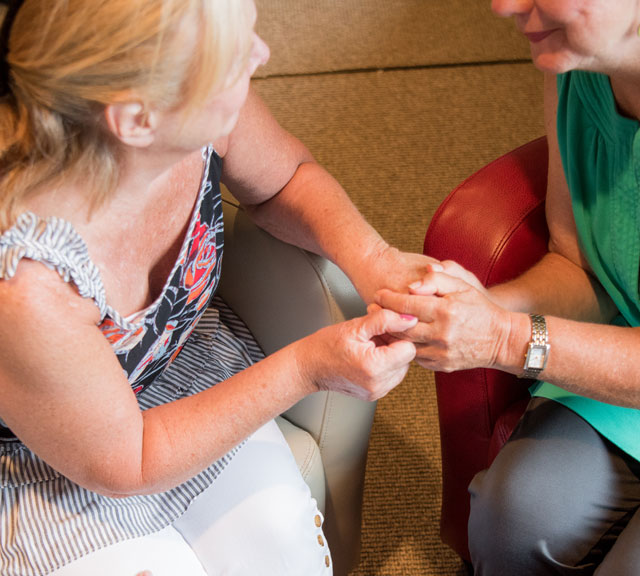
Most women do not need treatment for fibrocystic breast changes unless their symptoms are bothersome. If you need relief for mild symptoms, your health care provider may recommend the following self-care measures:
- Over-the-counter oral pain relievers
- Heat or ice on the breast
- A well-fitting bra or a sports bra
- Reduction of salt in the diet
For more severe symptom relief, your doctor may prescribe hormones or other medications. Some women claim that caffeine avoidance helps. Talk to your provider before taking vitamin or herbal supplements. They’ve not been proven to relieve symptoms and may have unwanted side effects.
Find out if your lump is cause for concern.
Source: Medlineplus.gov; American Cancer Society


